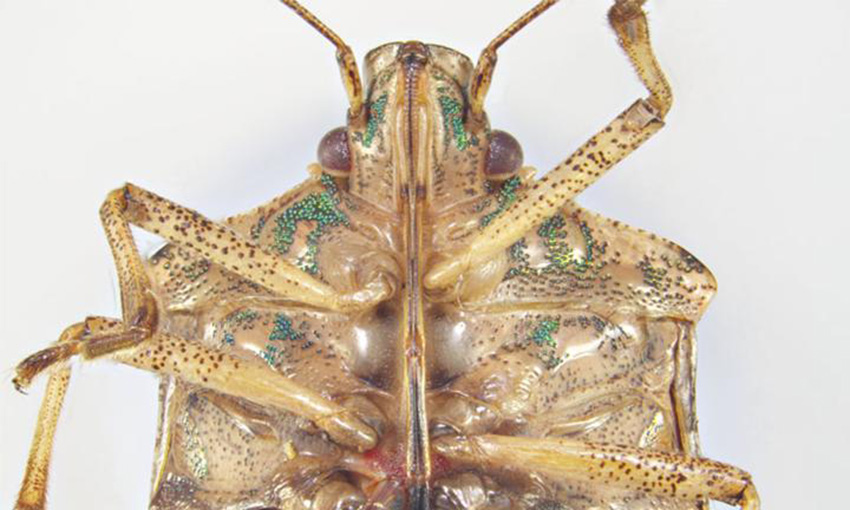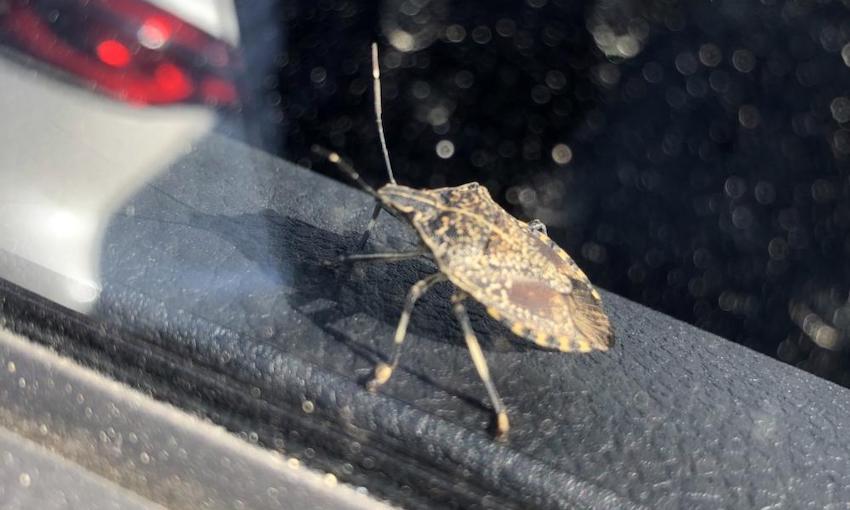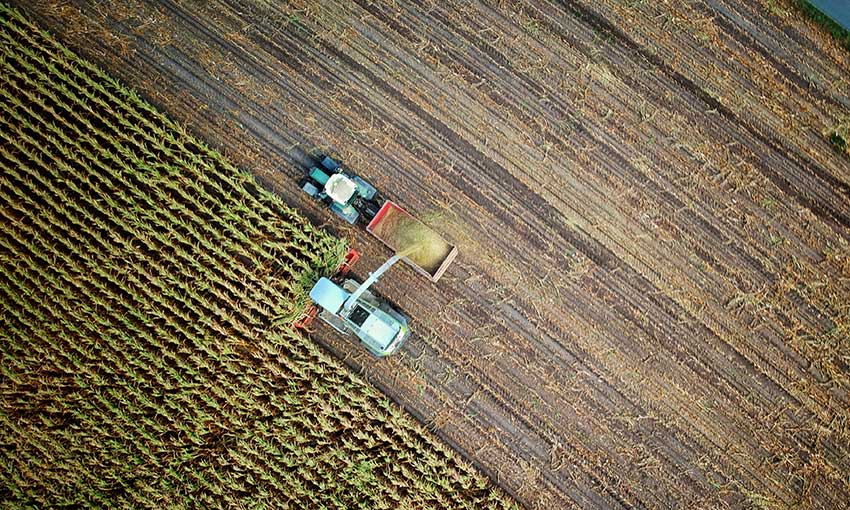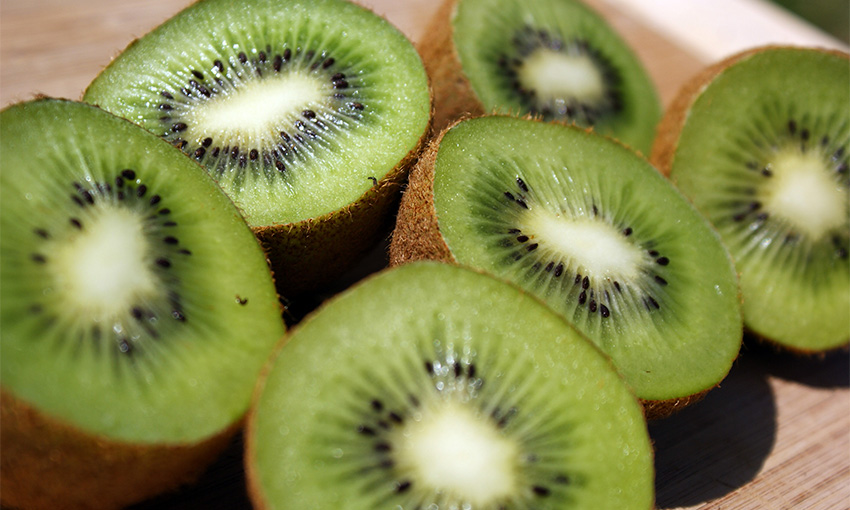BROWN marmorated stink bug, a potentially hazardous hitchhiker pest, was recently discovered by biosecurity detector dogs conducting routine surveillance on an imported truck at the Port of Brisbane.
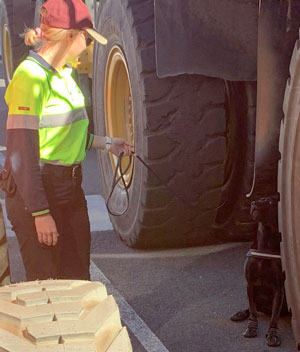
The dogs detected the single live bug in the wheel arch of a used dump truck, which was discharged on to the Brisbane wharf from an overseas cargo vessel. Remote diagnostics was used to immediately confirm it was an exotic brown marmorated stink bug.
Minister for agriculture David Littleproud said this detection was evidence of the benefit of the government’s increased resourcing for frontline defence.
“Brown marmorated stink bugs are voracious feeders, prolific breeders, and not easily controlled with pesticides,” Mr Littleproud said.
“If they got a foothold here, heavy losses to our pome, stone fruit and vegetable industries could occur given that losses of up to 90 per cent for pome and stone fruit industries as well as heavy losses to vegetable crops have been reported internationally,” he said.
“I understand detector dog Velvet made the initial alert. Her find was then confirmed by two other dogs. Biosecurity officers took immediate steps to contain the situation. “That included subjecting further ship cargo to thorough detector dog screening and deploying traps on site in accordance with the government’s brown marmorated stink bug Response Strategy.
“I am very proud of the work these dogs and officers are doing to keep Australia safe.”
The brown marmorated stink bug (Halyomorpha halys), also known as BMSB, poses a significant threat to Australian agriculture should it establish itself in Australia. While potentially devastating to crops, the insect poses no threat to human health.
The species eats crops and ornamental plants and it can look similar to the native stink bug.
The insect originates in Asia, North America, Europe, Oceania and South America.
The risk for importing BMSB increases during the cold months in the Northern Hemisphere, from September to May.

